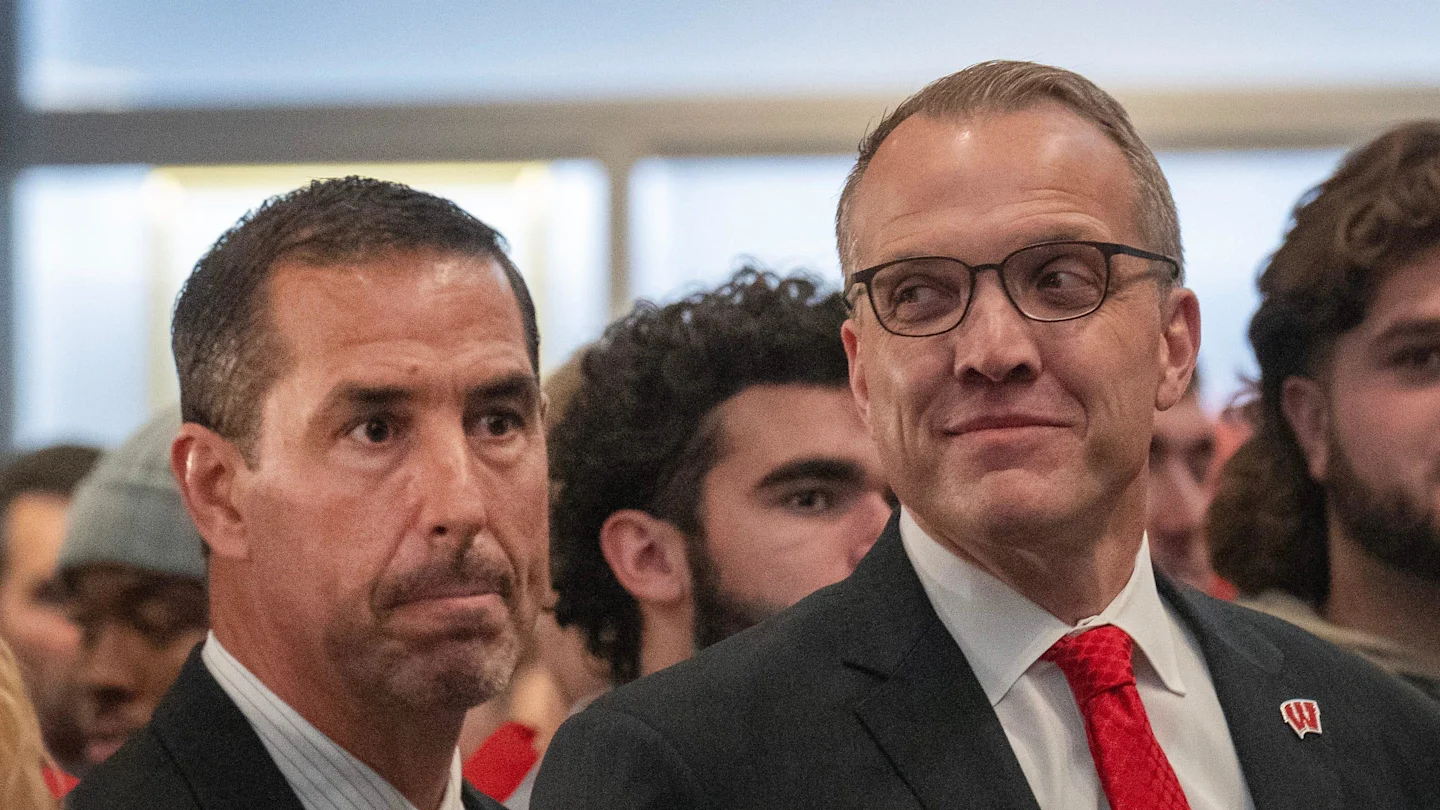
How House settlement with NCAA will affect Wisconsin Badgers sports
How did your country report this? Share your view in the comments.
Diverging Reports Breakdown
How NCAA’s House settlement will affect Wisconsin Badgers recruiting
A judge has approved the NCAA’s settlement in the House case. Schools will be able to pay athletes directly as part of a revenue share. The salary cap will be set at $20.5 million for this first year. The settlement also puts new caps on the number of players on each sports’ roster.. Badgers who played between 2016-2024 will be eligible for a portion of the $2.8 billion pool of backpay. This decision will also allow a group of former college athletes to receive a payout to make up for what they weren’t allowed to earn.
Read full article ▼
The landscape of college sports will change dramatically now that a judge has approved the NCAA’s settlement in the House case. The Wisconsin Badgers and athletics programs across the country will now be permitted to pay athletes directly as part of a revenue share, but they will be limited by a salary cap to prevent teams from out-spending each other. For this first year, the salary cap will be set at $20.5 million. That’s the limit for the combined total spending on every athlete for every sport, and schools will have to decide how much to assign to each sport. Most are expected to put the majority of it towards football and men’s basketball as the highest revenue-generating sports on campuses. With schools able to pay athletes directly, the NCAA will be more closely scrutinizing NIL deals, with new rules and infrastructure in place from the settlement. Any future NIL deals for athletes from the Varsity Collective or elsewhere will now be run through a Deloitte-backed clearinghouse that will evaluate whether the contracts are fair market value for that specific athlete. The goal is to prevent NIL deals from being used as pay-for-play arrangements, as opposed to their intended purpose of licensing and marketing. The settlement also puts new caps on the number of players on each sports’ roster. Luke Fickell can now have 105 players on his team, and Greg Gard will be allowed 15. Those roster limits will allow for some athletes to be grandfathered in so no current recruits lose a spot they or the school thought would be available for them. This decision will also allow a group of former college athletes to receive a payout to make up for what they weren’t allowed to earn when they played. Badgers who played between 2016-2024 will be eligible for a portion of the $2.8 billion pool of backpay. Wisconsin coaches and administrators have been preparing for these changes to go into place, and how well they navigate this new landscape can help separate them from the schools and programs that are slower to catch up. Lorin Cox is the host of the Locked on Bears podcast and has been covering the Chicago Bears since 2016. He is a former analyst for Pro Football Focus and has written for NBC Sports Chicago and USA Today’s Bears Wire. You can follow him on Twitter @CoxSports1.
Source: Si.com | View original article
